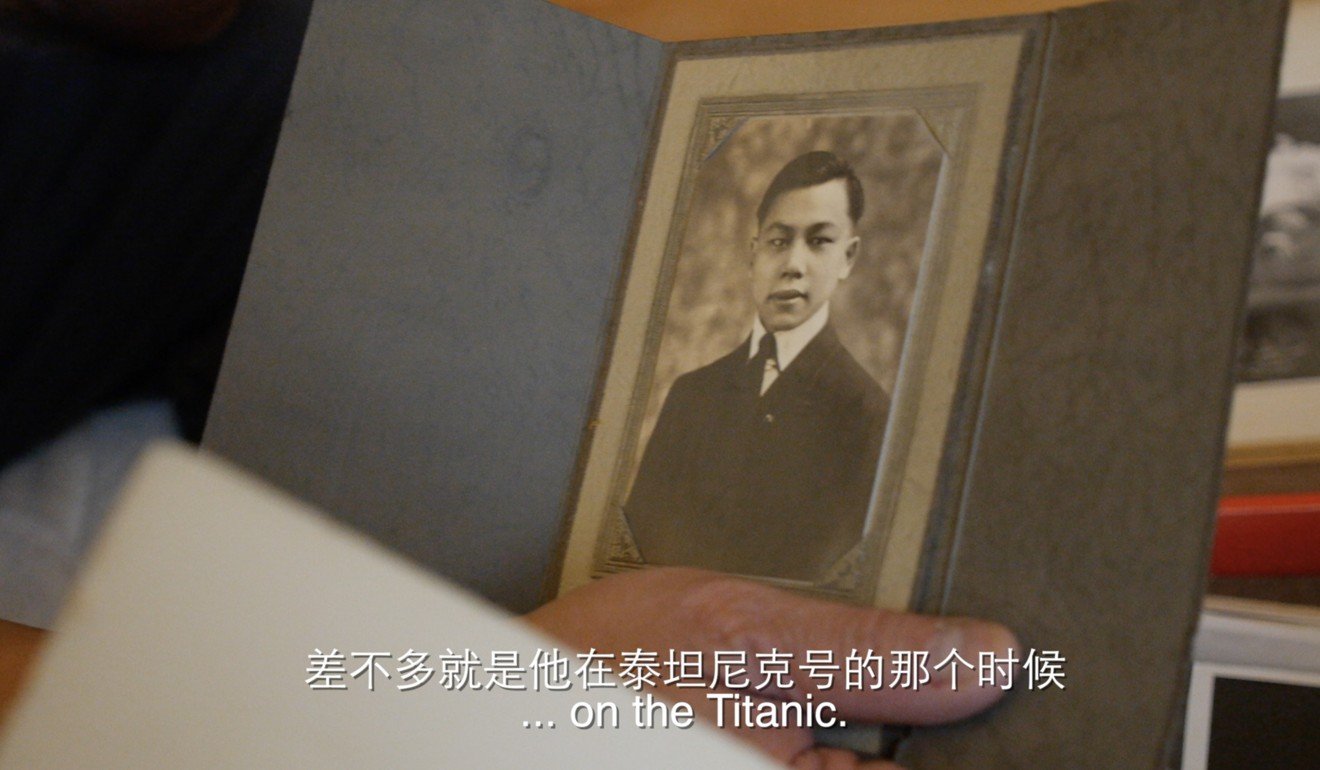
How six Chinese men survived the Titanic disaster, and the racist US federal law that ensured their obscurity – a story told only now
Eight Chinese men were among the 2,200 people on board the RMS Titanic. Six survived its sinking and were rescued, but disappeared soon afterwards. A new documentary looks at their lives and what happened when they reached the US
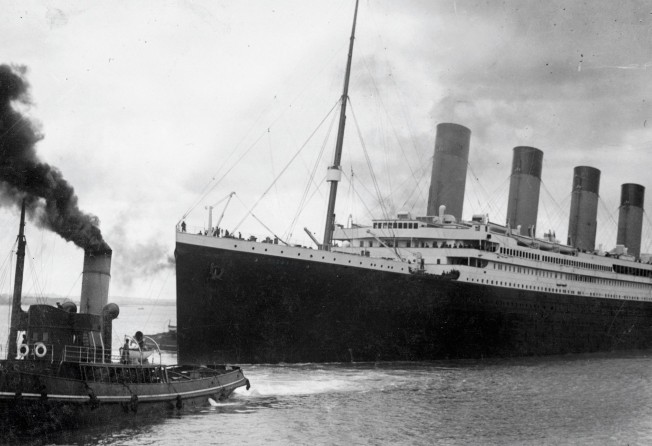
In the early hours of April 15, 1912, the RMS Titanic – the “unsinkable” British passenger ship – hit an iceberg and sank on its maiden voyage from Southampton, England, to New York, taking more than 1,500 of its 2,200 passengers and crew down with it.
Eight Chinese passengers were on board, a fact little known until now. British documentary maker Arthur Jones thought it odd that little was known of their stories, and set about making a film about the lives of the Chinese passengers, six of whom survived before vanishing from history books.
His film, The Six, was due for release on April 4, 2020, but was delayed because of the coronavirus outbreak (a trailer for the documentary came out in June 2017 and went viral on Chinese social networking site Weibo).
“Of the 700 survivors of the Titanic disaster, the six Chinese men never told their stories. Why were they ignored?” Jones asks from Shanghai, where his production company LP Films is based.

“The global press loved and continues to love the Titanic story, chronicling every little detail, right down to the size of the ashtrays in second class. But nothing was reported about the Chinese passengers,” he says. The Chinese were the largest group of non-European or North American passengers on the luxury ship.
“Who were they, why were they on board and what happened to them after the disaster? And how did so many get on a lifeboat?” Jones asks.
To answer these questions, Jones follows historian and frequent collaborator Steven Schwankert to uncover the lost stories of the men: Lee Bing, Fang Lang, Chang Chip, Ah Lam, Chung Foo and Ling Hee. He says the two believed to have perished in the disaster were Lee Ling and Len Lam.
Jones says a social media campaign to help track down information about the six was hugely successful.
“Thousands reached out, so I launched whoarethesix.com to get more information from people, asking if they had any information about relatives who might have been on board.”
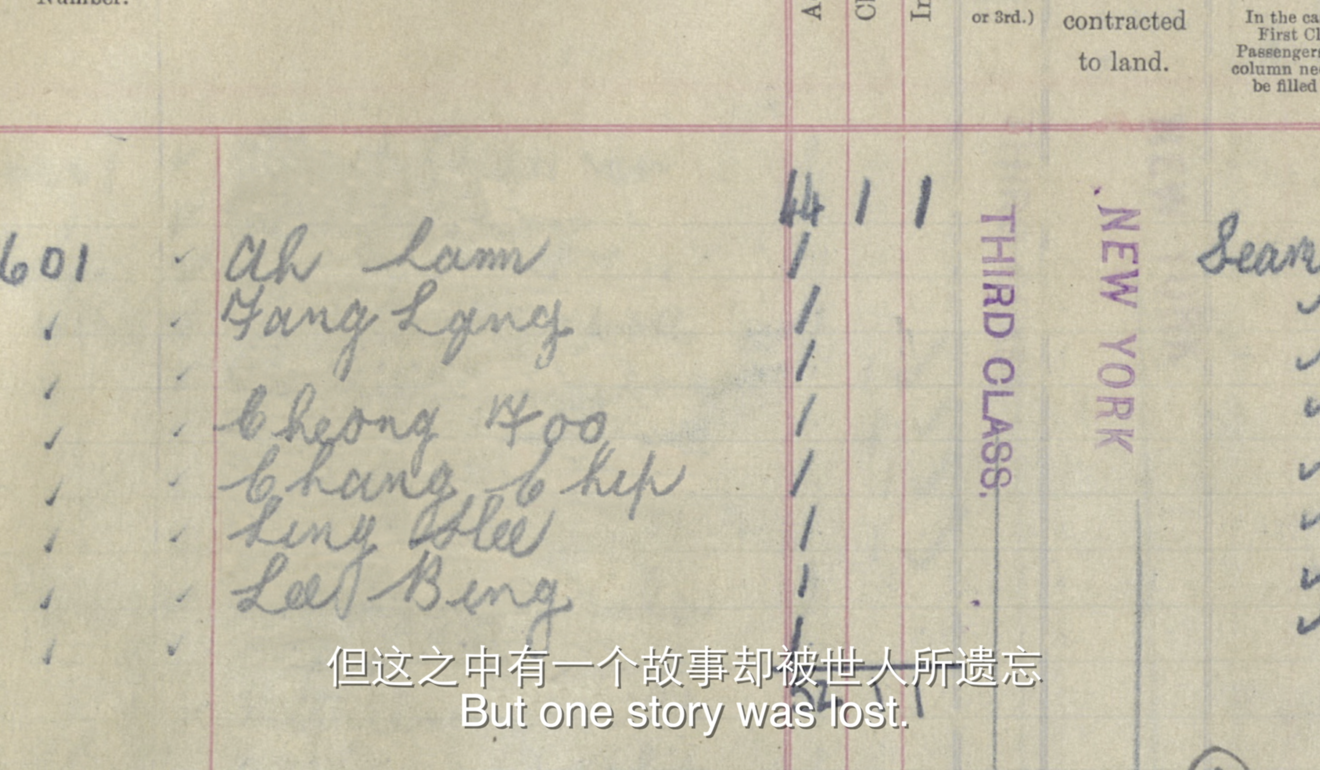
What they found was that the eight men had worked on cargo ships travelling between China and Europe, and were probably bound for the US to start a new life.
They boarded the Titanic in Southampton on a single ticket that listed eight names – common practice for third-class passengers. Four survived by boarding the last lifeboat, one was rescued from another lifeboat, and the sixth was found floating on wreckage – a piece of wood, most likely a door.
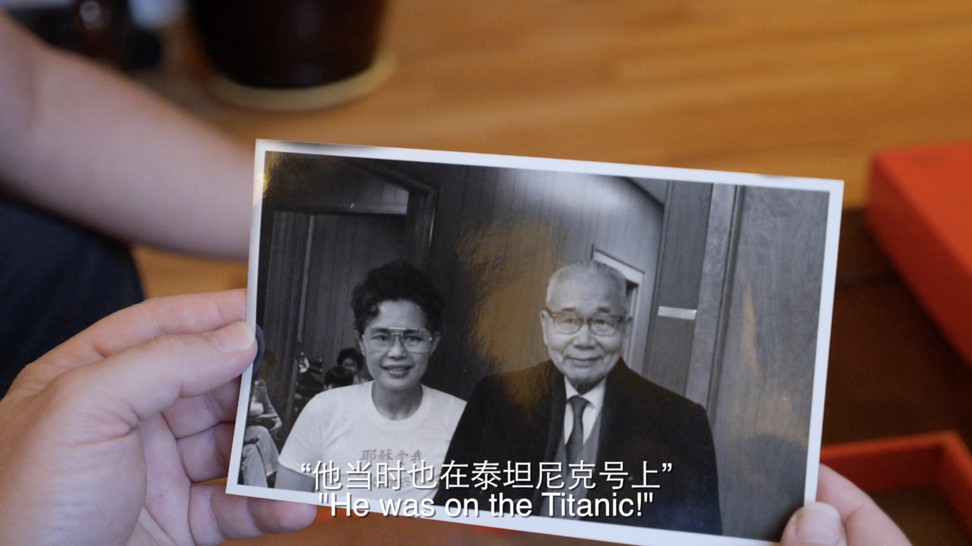
Their ordeal did not end with their rescue. When they reached the US they were not allowed to enter the country because of the Chinese Exclusion Act, a US federal law that was the first to explicitly suspend immigration for a specific nationality.
Instead, the men were sent to an immigration station on Ellis Island, where they boarded a ship and sailed into one big mystery, disappearing from public view within 24 hours.
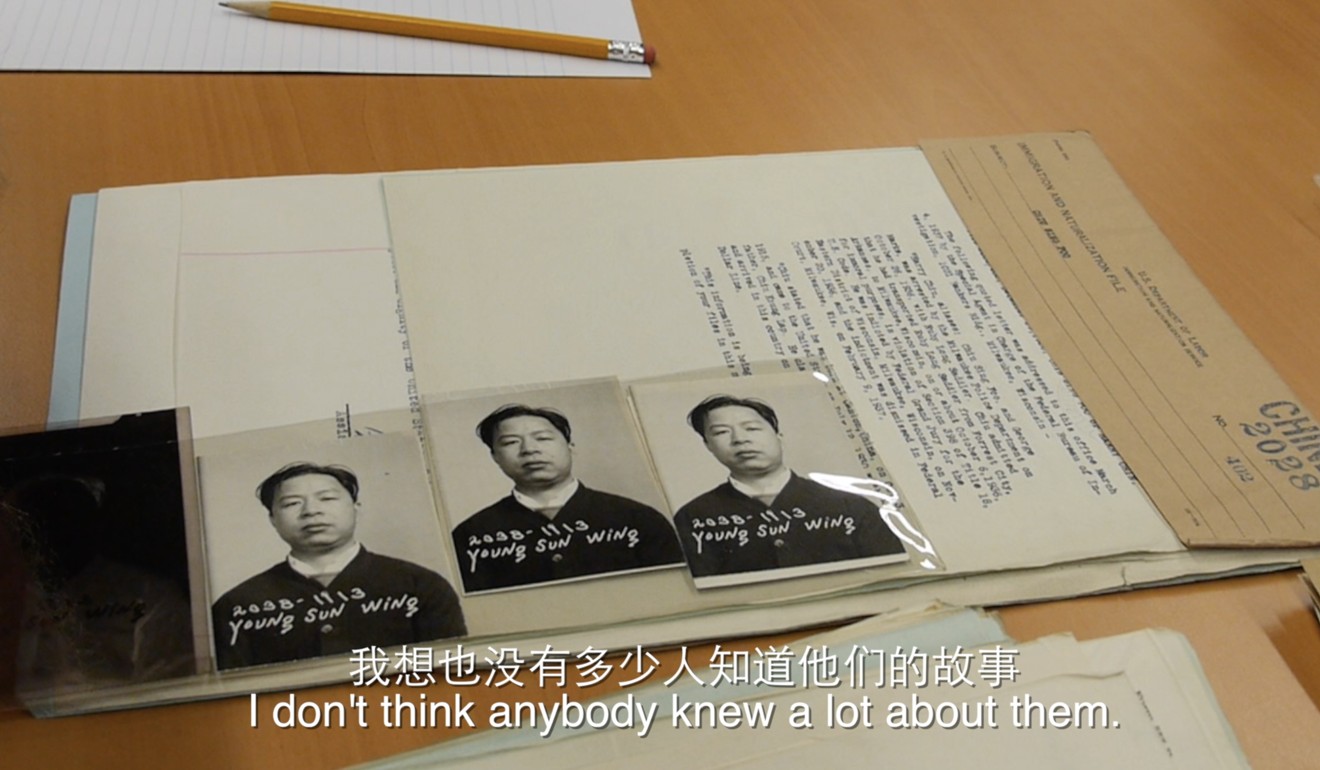
“Other survivors were welcomed to the US with open arms. But these six were given no support and [were] widely mocked in the press,” Jones says. After that the men were largely forgotten about, and if their story was touched on in the press, it was to say they did something dishonourable.
“Rumours swirled that they dressed as women, or pushed children away to get on lifeboats or hid like stowaways in the lifeboats. But we found they didn’t hide or dress as women – they all had valid tickets and there is no evidence of them taking seats from children and women.”
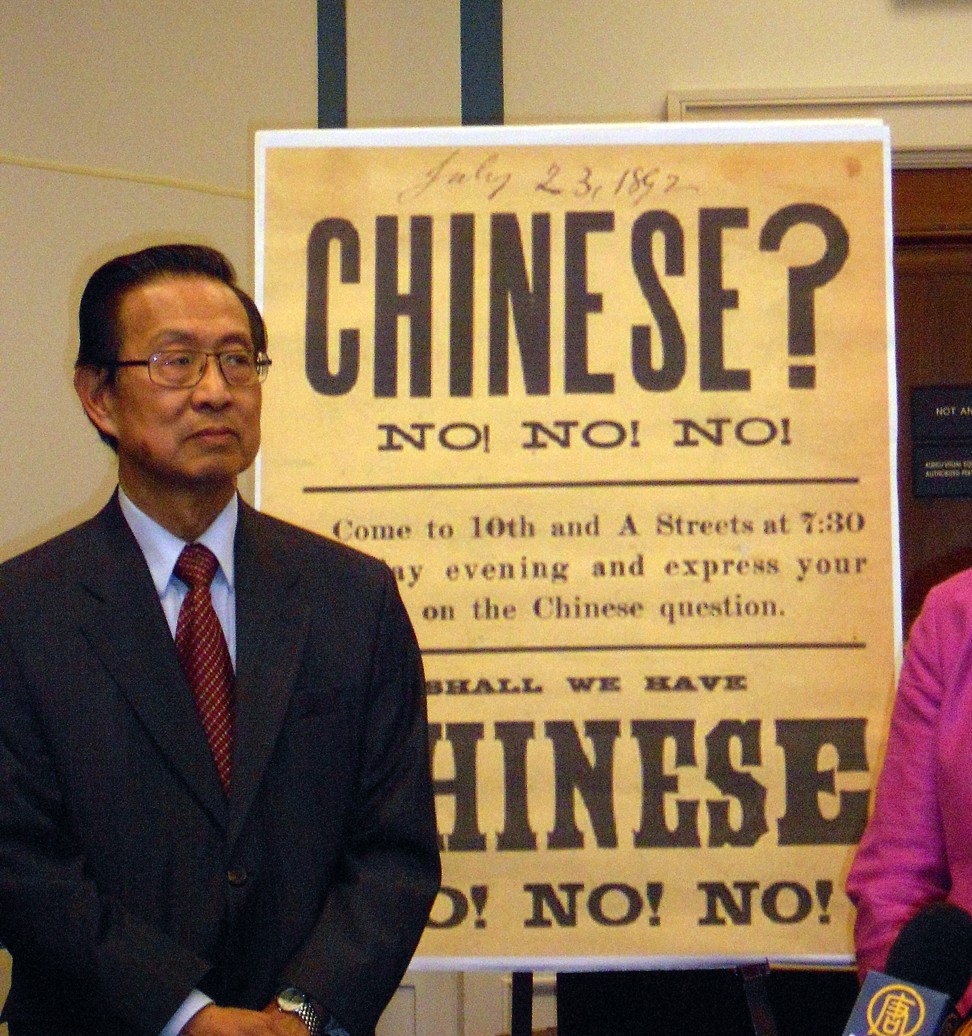
While there is little information online, some websites say two of the men were from Hong Kong. Jones says it’s most likely all eight hailed from Taishan in Guangdong province, but visited Hong Kong.
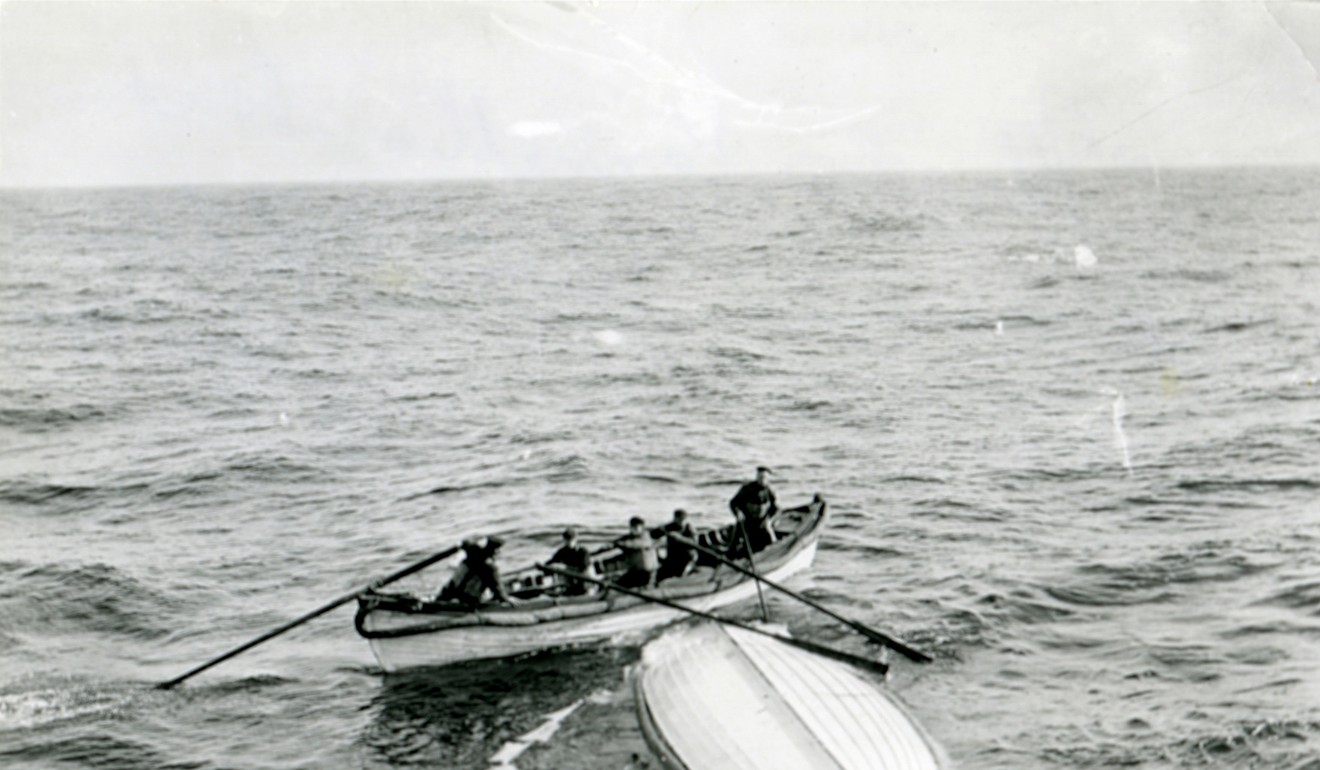
Jones says the research for the film took them to the US, Canada, Britain and China, as well as Hong Kong, where some descendants were located.
Six Chinese guys made it off the Titanic alive, and 24 hours later were written out of the story. That wasn’t an accident. That was deliberate. It’s something that the culture of the time made happen.
They traced a son of one survivor to the US state of Wisconsin; other clues took them to a remote village in Guangzhou. Jones says the research was littered with obstacles.
“Chinese genealogy is notoriously difficult, particularly in English-language documents such as shipping records, where names are often inconsistently transcribed,” says Jones.
However, there was a surprising number of documents which did survive in archives around the world, and which add an unexpected side story about the Chinese diaspora in the early 20th century, he says.
“Six Chinese guys made it off the Titanic alive, and 24 hours later were written out of the story. That wasn’t an accident. That was deliberate. It’s something that the culture of the time made happen.”
Speaking from Beijing, Schwankert, lead researcher for the film, says the story had to be told.

It’s one that will resonate with a Chinese audience which has a huge interest in the disaster, one fuelled by James Cameron’s 1997 blockbuster Titanic, which made almost US$44 million at the China box office.
“I was in China when Titanic hit the cinemas – it was all people talked about,” says Schwankert.
